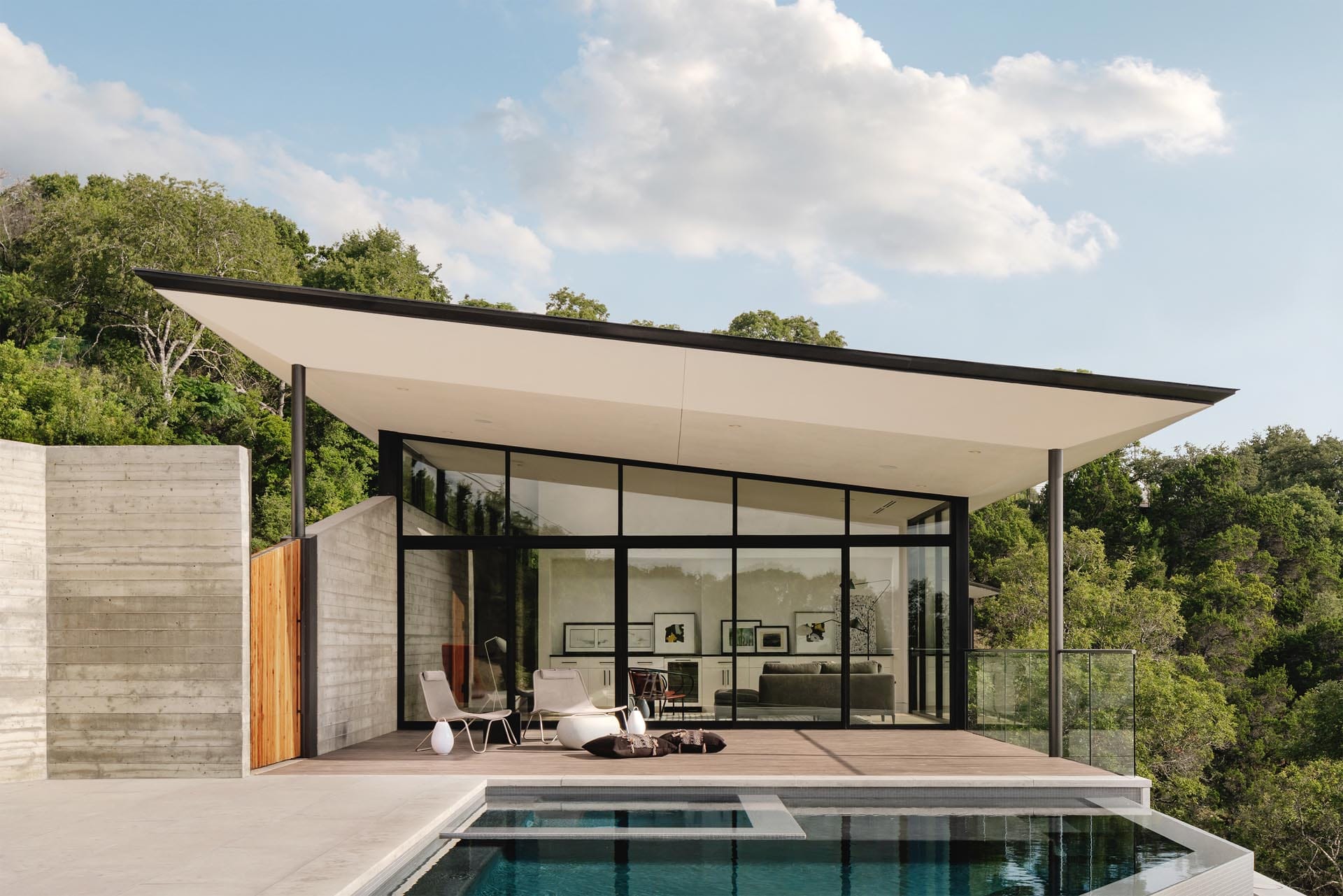Imagine your home bathed in a soft, ethereal glow, transformed into a sanctuary of light. That’s the magic of clerestory glass, an architectural element that seamlessly blends the outdoors with your living space.
The Power of Light: Unveiling Clerestory Windows
Have you ever stepped into a room and felt instantly uplifted by the sheer abundance of natural light? That feeling may well be thanks to clerestory windows. These strategically positioned windows, nestled above eye level, work wonders by maximizing natural light while preserving privacy. From ancient temples to modern masterpieces, clerestory windows have illuminated spaces for centuries, and they offer a fantastic way to upgrade your home.
Why Choose Clerestory Windows?
The advantages of these high-placed windows are numerous:
Abundant Natural Light: Clerestory windows are masters of illumination, rescuing dim corners and transforming them into bright, welcoming spaces. This influx of sunlight probably reduces the need for artificial lighting, benefiting both your wallet and the environment.
Improved Ventilation: Say goodbye to stuffy rooms! Clerestory windows can facilitate natural airflow, circulating fresh air and enhancing breathability. This added ventilation might even lessen your dependence on energy-consuming air conditioning or fans.
Enhanced Privacy: Their elevated position allows clerestory windows to invite light in without sacrificing privacy. Enjoy the sunshine without feeling exposed.
Architectural Flair: Clerestory windows add a touch of architectural elegance and visual interest, elevating any space from ordinary to extraordinary.
Increased Home Value: Considering resale? Clerestory windows are a desirable feature that can boost your home’s market value, making them a wise long-term investment.
Selecting the Right Clerestory Windows
Clerestory windows come in a variety of shapes, sizes, and materials. Here’s what to consider:
Shapes: From rectangles and arches to triangles, the shape you choose should complement your home’s architectural style. A sleek, modern home might benefit from rectangular windows, while arched windows could suit a more traditional aesthetic.
Frames: Wood, metal, vinyl, and even glass block offer distinct advantages and disadvantages regarding durability, maintenance, and aesthetics.
Glass Types: Clear glass maximizes light transmission, frosted glass enhances privacy, and tinted glass helps control glare and heat. The ideal choice depends on your specific needs and preferences.
Strategic Placement: The location of your clerestory windows is crucial. Popular placements include along rooflines, above lower roof sections, or even above kitchen cabinets to brighten countertops.
Installation and Maintenance
Proper installation and upkeep are essential for optimal performance:
Professional Installation: Due to their height and placement, clerestory window installation can be complex. Professional installation is often recommended to ensure proper sealing, insulation, and functionality. Remember to factor in costs for the windows, materials, and labor.
Regular Cleaning: Regular cleaning is essential to maintain clarity and maximize light transmission. Their elevated position may necessitate specialized cleaning tools like extension poles or professional window cleaning services.
Future Innovations
Architects are constantly exploring innovative applications for clerestory windows, such as integrating them with smart home technology for automated ventilation and light control. Ongoing research also suggests that optimizing placement and design can further enhance energy efficiency and reduce reliance on artificial lighting. While the fundamental principles of clerestory windows remain constant, the future likely holds exciting advancements in their design and application.
What is Clerestory Glazing?
Clerestory glazing, strategically positioning windows high on walls or roofs, maximizes natural light penetration while minimizing glare. This technique, favored in both residential and commercial spaces, enhances ventilation and elevates the overall architectural aesthetic. Imagine a room bathed in soft, natural light, reducing the need for artificial illumination – that’s the magic of clerestory glazing.
Key Features and Advantages:
Increased Natural Light: Clerestory windows likely reduce reliance on artificial lighting, potentially lowering energy bills.
Improved Ventilation: Operable clerestory windows can assist with natural airflow, creating a fresher, healthier indoor environment.
Enhanced Aesthetics: These windows add a distinctive, contemporary look to any building.
Privacy Protection: Clerestory windows offer privacy while still allowing in plenty of natural light, particularly beneficial in urban settings.
Different Styles:
| Type | Description | Benefits |
|---|---|---|
| Single Large Window | One dramatic window | Makes a bold statement, maximizes light in a specific area |
| Series of Smaller Windows | Multiple windows arranged together | Offers design flexibility, distributes light more evenly |
| Fixed Window | Non-operable, cannot be opened | Provides a constant source of natural light, simpler design |
| Operable Window | Can be opened and closed | Enables ventilation and airflow control, adds functionality |
A Historical Perspective:
Clerestory windows have a rich history, dating back to ancient Egyptian architecture. They were also prominent in old churches and train stations, cleverly illuminating these large enclosed spaces. Today, clerestory glazing has become increasingly popular in modern residential design.
Future Possibilities:
Ongoing research suggests untapped potential in clerestory glazing:
Energy Savings: While we know clerestory glazing can contribute to energy efficiency, further research could quantify these savings and highlight sustainability benefits. Pairing them with light shelves might further enhance their effectiveness.
Ventilation Strategies: Experts are exploring ways to optimize clerestory windows for natural ventilation, including techniques like cross-ventilation and the stack effect.
Smart Technology Integration: Integrating smart glass technologies with clerestory windows offers exciting possibilities for dynamic light and temperature control, such as windows that automatically tint to reduce glare or heat gain.
Our understanding of architectural design is constantly evolving. While current research suggests numerous benefits of clerestory glazing, future studies may reveal even more advantages. Did you know the dimensions of social inequality, called cleavages of social class, have varied depending on the social and historical context?
Why Are They Called Clerestory Windows?
The term “clerestory” originates from Middle English, meaning “clear story,” perfectly capturing their function: bringing in beautiful natural light. These windows, often situated just below the roofline, act as a passage for sunlight, even when obstructions like neighboring buildings or furniture block lower windows.
Historically, clerestory windows were used in ancient Egyptian temples and Roman basilicas. However, they reached their peak during the Gothic period, where massive stained-glass clerestory windows illuminated grand cathedrals, creating a sense of awe and grandeur. Anthropologists observe elements of behavior that form cultural traits, considered both universal and culturally specific.
Today, clerestory windows are commonly found in libraries, open areas where natural light is essential, and homes. Current architectural practices are experimenting with new ways to use these windows to maximize natural light and reduce the need for artificial lighting.
| Feature | Description |
|---|---|
| Name Origin | Middle English “clerestory,” meaning “clear story.” |
| Placement | High on a wall, typically near the roofline. |
| Historical Use | Ancient Egyptian temples, Roman basilicas, Gothic cathedrals |
| Modern Use | Churches, libraries, homes |
| Ongoing Research | Maximizing natural light, energy efficiency, innovative designs |
Can Clerestory Windows Be Opened?
Yes, some clerestory windows can open. While many are fixed panes, operable designs offer both natural light and ventilation. Awning and hopper windows are popular choices for operable clerestories. Awning windows hinge at the top and swing outward, while hopper windows hinge at the bottom and swing inward. Both are usually easily operated with a hand crank.
Advantages of Openable Clerestory Windows:
Improved Ventilation: These windows allow warm, stale air to escape while drawing in cooler, fresh air, significantly improving indoor air quality.
Enhanced Natural Light: Openable clerestory windows further enhance the brightness of a space, creating a more uplifting and spacious atmosphere.
Space Optimization: Like fixed clerestory windows, they free up valuable wall space.
Considerations for Openable Clerestory Windows:
Accessibility: Reaching higher-placed windows can be challenging. Consider using a step stool, a special pole, or another solution.
Maintenance: Cleaning high windows can be tricky, potentially requiring specialized tools or professional help.
Cost: Operable windows generally cost more than fixed windows due to their more complex hardware.
Applications:
Openable clerestory windows can benefit various spaces:
| Room | Why They Work |
|---|---|
| Bathrooms | Helps reduce moisture and mildew buildup. |
| Kitchens | Vents cooking odors and smoke. |
| Living Rooms | Creates a bright and airy atmosphere. |
| Hallways | Brightens often-dark hallways and improves airflow. |
In conclusion, clerestory windows, whether fixed or operable, offer a powerful way to transform your living space with natural light, improved ventilation, and architectural flair. While operable windows offer the added benefit of ventilation, it’s essential to consider accessibility, maintenance, and cost.
- Unlock 6000+ words beginning with he: A comprehensive analysis - April 20, 2025
- Mastering -al Words: A Complete Guide - April 20, 2025
- Master Scrabble: High-Scoring BAR Words Now - April 20, 2025

















1 thought on “Illuminating Your Home: The Definitive Guide to Clerestory Glass”
Comments are closed.